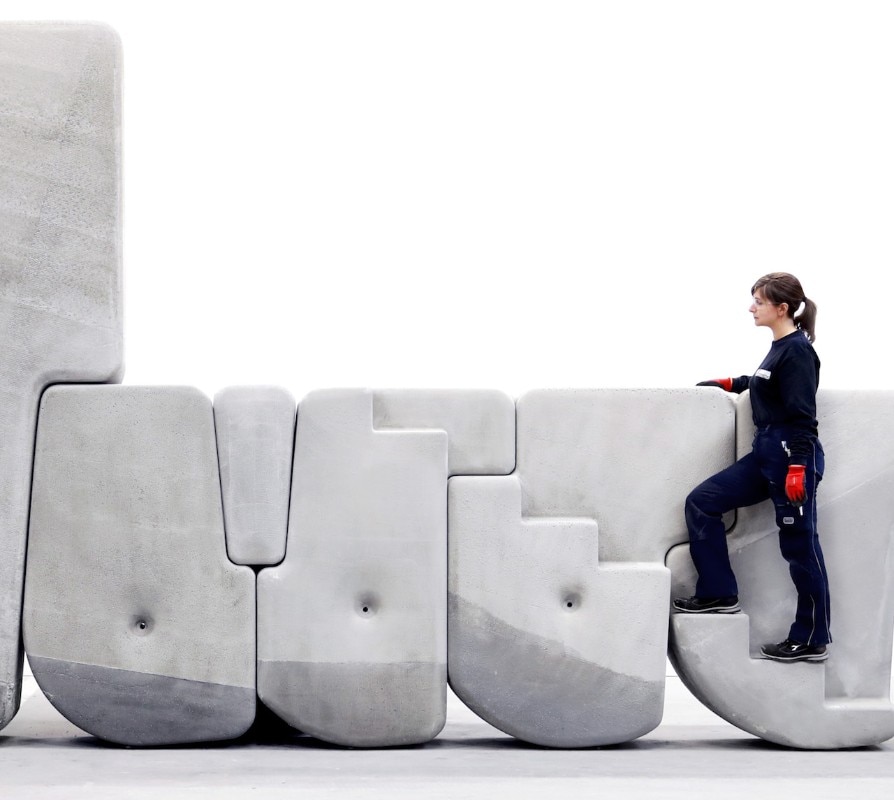A lot of what we have shown in Domus this year has been about looking forwards. Urbanism is all about thinking about the future and imagining how the present might be improved. But this doesn’t imply that we should tear down what already exists and start from scratch. How we take care of our heritage and bring it with us into the future is important. This is demonstrated beautifully in an article by this month’s invited critic Geoff Manaugh, who shows us how Matter Design have found the stone constructions of the Incas to be surprisingly instructive in how to design using high-tech geometric fabrication.
Elsewhere, cities are making remarkable and unexpected choices about what to make of their history. Recently we had the chance to see the current developments in Baku, the oil-rich capital of Azerbaijan. We found out that they have made a clear choice, extending and transforming the city in an eclectic style that returns to the oil baron city of Baku’s first expansion, during the Belle Époque. Scaling up this local historic typology, however, has a side effect: the city suddenly reminds one of the Paris of another baron, named Haussmann.
New construction and retrofitted Communist buildings now create an image of a Belle Époque Paris under construction, interrupted by sensual flame-shaped buildings materialised in blue glass. Somehow it works. Despite the fact that I am not necessarily a fan of vernacular architecture, I have to admit that this unexpected choice has resulted in a city that is far from being bland and generic, and instead is clearly characteristic. Eve Blau, a professor at Harvard, has written a fantastic book about the subject and this month summarises the oil-urbanism that led to Haussmann 2.0.
Cities, and even entire continents, can also become trapped by their heritage. The best-selling novel Grand Hotel Europa by Dutch writer Ilja Leonard Pfeijffer depicts a Europe of faded glory, performing for tourists and devoid of innovation.
Yet cities, and even entire continents, can also become trapped by their heritage. The best-selling novel Grand Hotel Europa by Dutch writer Ilja Leonard Pfeijffer depicts a Europe of faded glory, performing for tourists and devoid of innovation. We spoke to him about his observation and asked him what he would do – how he would solve the problem. He had some very optimistic and heartening things to say about Europe and about the current wave of populism that seems to be growing bigger and bigger.
Evaluating the success of a heritage that has been repurposed for modern purposes is crucial, and in this spirit we revisit the well-published PC Caritas in Melle, Belgium, a historic building that has been transformed into a pavilion open to both the community of the psychiatric campus and outsiders. Gideon Boie explains how the building’s post-occupancy is dominated by questions regarding use, deterioration and safety. He demonstrates that many visitors who are alone in the magnificent structure fail to appreciate their luxurious position, or the fact that use by just one or two people at a time is also a valid use. Success does not always need large numbers.
Since Junya Ishigami received one of the architecture world’s most hyped commissions – the Serpentine Pavilion – he has been in thew spotlight for not paying his interns. This has turned into an interesting online discussion about the value of architectural labour on the one hand, and imposing European work ethics onto the Japanese on the other. I welcome the discussion of these issues. By winning the Serpentine commission he will hopefully enter financially stable times which will allow him to be more generous to his staff.
But besides this valuable discussion, let’s not forget why he received this honour; we have devoted ten pages to the sheer poetic beauty of his water garden, in which he has preserved an entire forest by moving 318 trees that would have been cut down to make way for a new hotel to a nearby site. The combination of water, forest and moss is simply wonderful, and despite the loose organic forms it features, Ishigami utilises the utmost precision in cataloguing and detailing the project – a process with its own kind of beauty.
Opening picture: Walking Assembly by Matter Design and CEMEX Global R&D (2019) is realised in variable-density concrete in order to precisely calibrate the object’s centre of mass and control the motion of the elements. Photo courtesy of Matter Design


